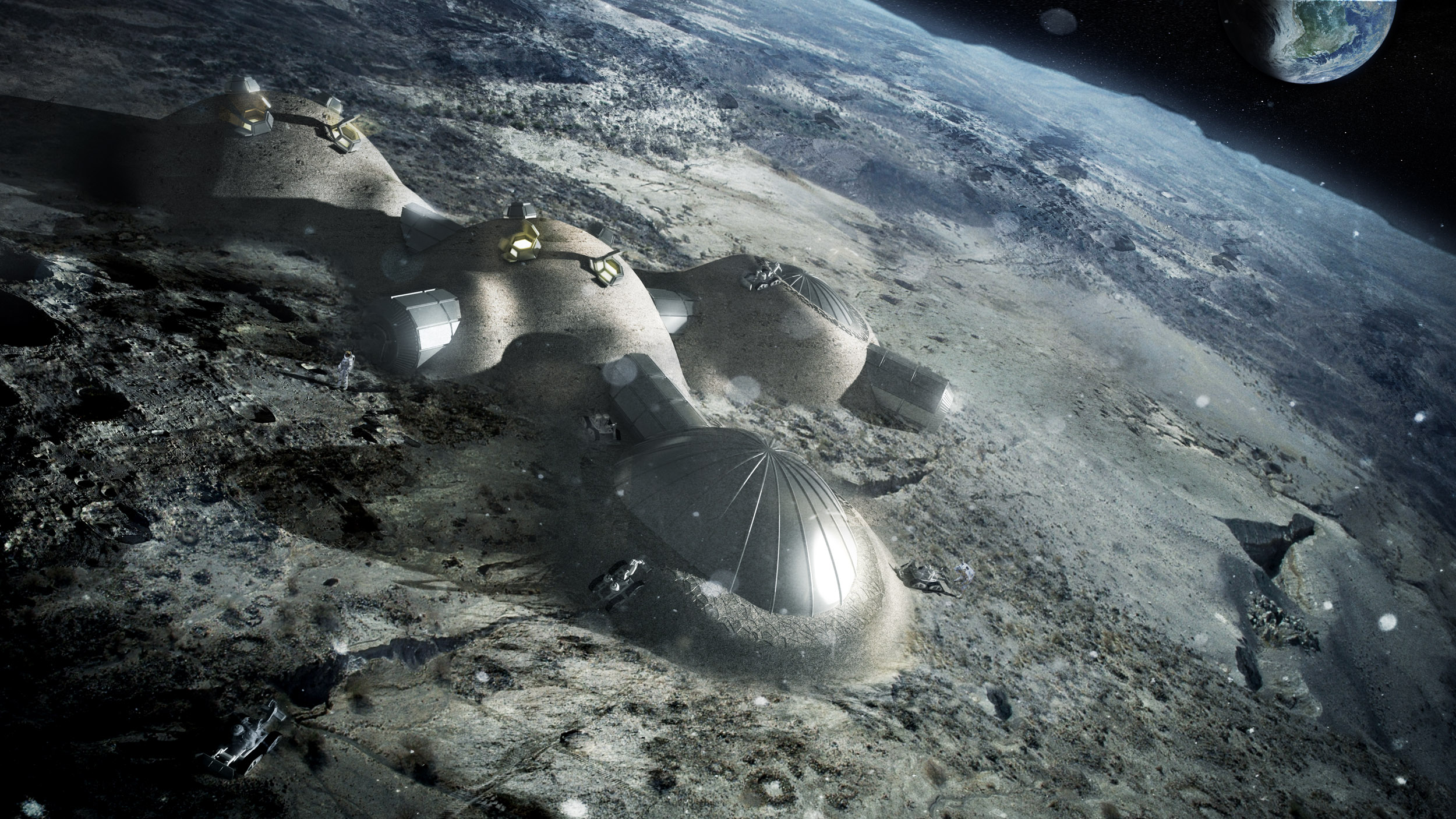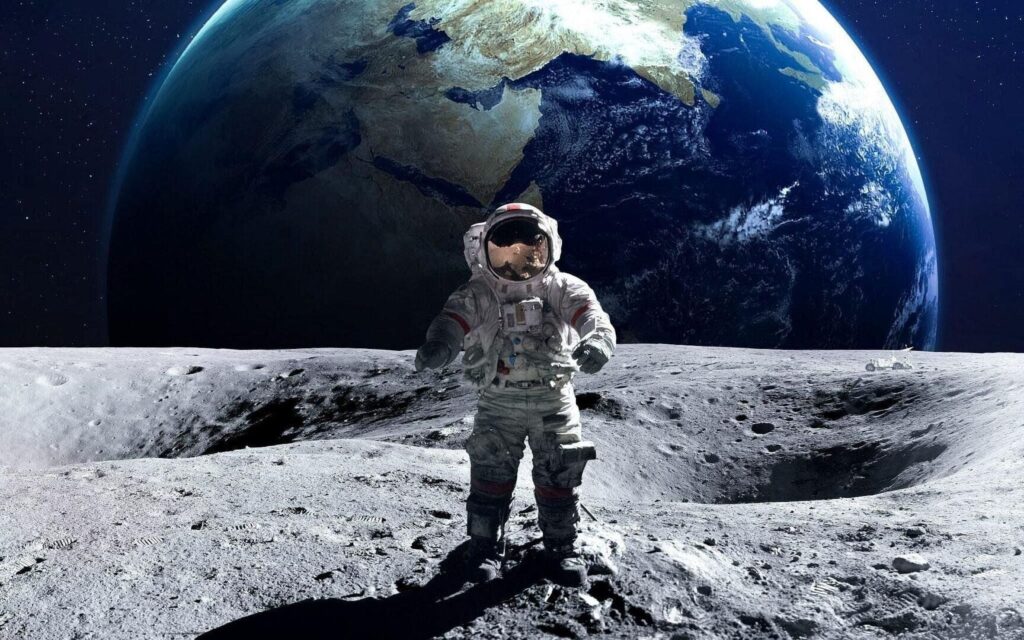Space exploration has fascinated humanity for centuries, and the idea of traveling beyond our planet has been a goal of scientists, astronauts, and dreamers alike. Over the years, numerous missions have launched into the great unknown, sending astronauts to space to unlock its many mysteries. But how many people have actually journeyed into space? The answer to this question is continually evolving as space technology advances and new missions are launched.
In this article, we’ll explore how many people have been to space, what it takes to become an astronaut, and the future of human space exploration.
1. The Early Days of Space Exploration
The first human to venture into space was Yuri Gagarin, a Soviet cosmonaut, who made history on April 12, 1961, during the Vostok 1 mission. His flight lasted just 108 minutes but marked the beginning of human space travel. Gagarin’s success was a monumental achievement in the Space Race between the Soviet Union and the United States during the Cold War.
Following Gagarin, the United States also made significant strides in space exploration. On July 20, 1969, American astronaut Neil Armstrong became the first human to walk on the Moon during NASA’s Apollo 11 mission. Armstrong’s words, “That’s one small step for [a] man, one giant leap for mankind,” still echo as a defining moment in the history of space exploration.
2. How Many People Have Been to Space?
As of December 2024, approximately 600 people have traveled to space. The number has grown steadily over the years, thanks to the development of spacecraft, space stations, and the increasing involvement of private companies in space travel.
While the exact number fluctuates with each new mission, the list of astronauts, cosmonauts, and private space travelers is constantly growing. Here’s a breakdown of how these numbers have increased over the decades:
- 1961-1990: Space travel was primarily limited to astronauts and cosmonauts from the United States and the Soviet Union. During this period, space was considered the domain of national space agencies, and only a few hundred people had the opportunity to travel to space.
- 1990-2010: As the International Space Station (ISS) was launched and new spacecraft were developed, the number of space travelers increased. This era saw astronauts from different countries, including Japan, Europe, and China, making their way into space.
- 2010-Present: The modern era of space exploration has seen a dramatic rise in space travelers, partly due to the involvement of private companies like SpaceX, Blue Origin, and Virgin Galactic. These companies are opening space travel to private citizens, not just astronauts. This has expanded access to space and accelerated the pace of human spaceflight.
3. What Qualifies as “Space”?
There isn’t a universal agreement on where space officially begins, but the Kármán Line—which is set at about 100 kilometers (62 miles) above Earth’s surface—is generally used as the official boundary of space. This line marks the point where Earth’s atmosphere becomes too thin to support conventional aeronautical flight, and the altitude where objects in orbit start to experience weightlessness.
Thus, to be counted among the people who have been to space, individuals must have reached or exceeded this 100 km mark. There is some variation in the numbers, as some suborbital flights, such as those by Virgin Galactic or Blue Origin, travel just above the Kármán Line but don’t stay in orbit.

4. Notable Space Travelers
There are a number of remarkable individuals who have made history by traveling into space. Here are some notable milestones:
- Valentina Tereshkova (1963): The first woman to fly in space, Tereshkova was a Soviet cosmonaut who orbited the Earth 48 times during her mission aboard Vostok 6.
- John Glenn (1962 & 1998): Glenn became the first American to orbit the Earth aboard Friendship 7. Later, at the age of 77, he became the oldest person to fly to space during the STS-95 mission aboard the Space Shuttle Discovery.
- Sally Ride (1983): Ride became the first American woman in space, paving the way for many women to follow in her footsteps.
- Chris Hadfield (2013): A Canadian astronaut, Hadfield became widely popular for his social media presence and his cover of David Bowie’s song “Space Oddity,” recorded aboard the ISS.
- Private Space Travelers: In recent years, private companies have been sending non-professional astronauts into space. Notable examples include Dennis Tito (2001), the first space tourist, and the crew of SpaceX’s Inspiration4 mission in 2021, which included private citizens who orbited Earth for three days.
5. Space Tourism: The New Frontier
The future of space travel is rapidly changing, especially with the rise of space tourism. Private companies like Blue Origin, SpaceX, and Virgin Galactic are working to make space more accessible to non-professional astronauts.
In 2021, Blue Origin’s New Shepard rocket carried its first crew of private citizens, including Jeff Bezos, the founder of Amazon. Later that year, SpaceX’s Inspiration4 mission sent an all-civilian crew into orbit, marking a significant step in commercial space travel.
In 2022, SpaceX’s Ax-1 mission sent the first entirely private crew to the International Space Station, signaling the beginning of a new era in space travel where space is not just for astronauts, but for civilians, adventurers, and tourists.
6. The Future of Human Space Exploration
As technology improves and costs decrease, the number of people who will travel to space is expected to continue to rise. Space tourism is projected to grow, and missions to the Moon and Mars are on the horizon. With ambitious plans from NASA, SpaceX, and other space agencies, it’s only a matter of time before thousands of people can experience the vastness of space and perhaps even establish a permanent human presence beyond Earth.
7. How Many Will Go to Space in the Future?
With the growing commercial space sector and planned missions to destinations like the Moon, Mars, and beyond, the number of people who have been to space will continue to grow rapidly. Experts predict that by 2050, the number of people who have traveled to space could reach tens of thousands, as space tourism becomes more affordable and accessible to a wider range of people.

Conclusion
As of December 2024, around 600 people have traveled to space, marking a significant achievement in the history of human exploration. From the early pioneers like Yuri Gagarin to the modern-day space tourists aboard SpaceX, humanity has taken significant steps toward unlocking the mysteries of the universe. With the rise of space tourism and new missions planned to take us further than ever before, the number of people who will experience space is poised to grow exponentially in the coming years, opening up the final frontier to a new generation of explorers.




Your comment is awaiting moderation.
Great wordpress blog here.. It’s hard to find quality writing like yours these days. I really appreciate people like you! take care